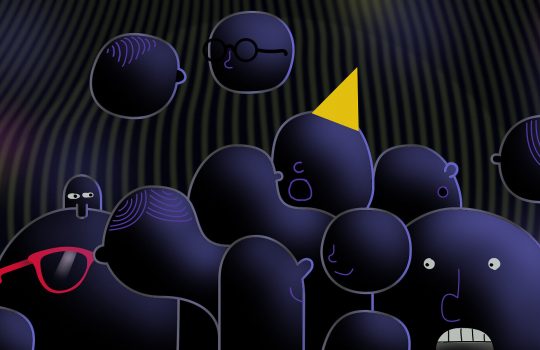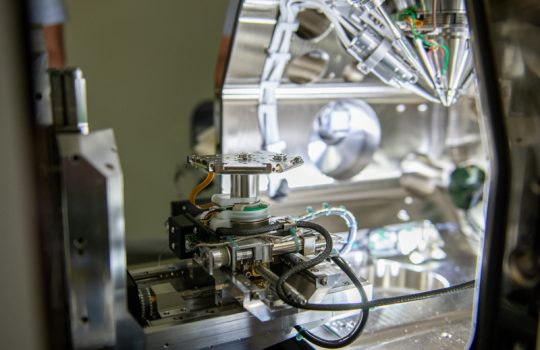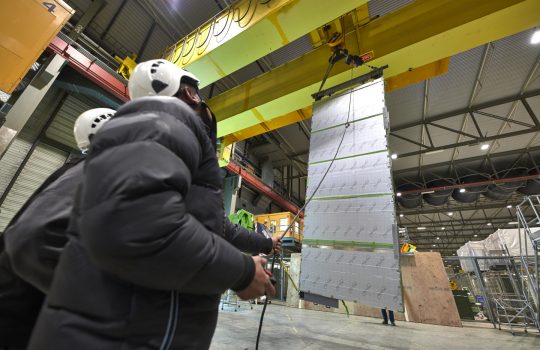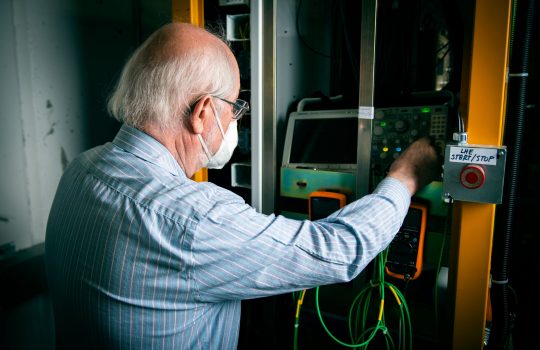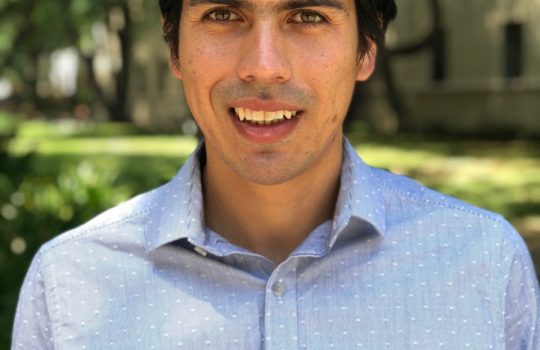Scientists move a step closer to understanding the “cold spot” in the cosmic microwave background
For years, scientists have wondered how the observed afterglow of the Big Bang relates to the distribution of galaxies in our universe. Now, thanks to a new map of dark matter, they have direct evidence that a cold region in the afterglow coincides with the lack of matter in the same patch of the sky.


